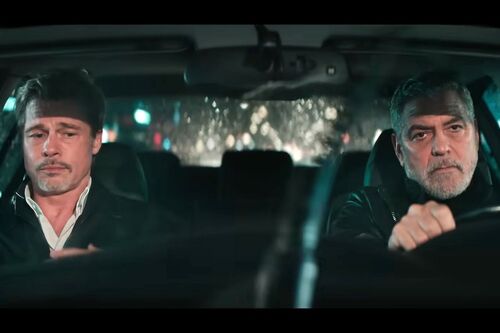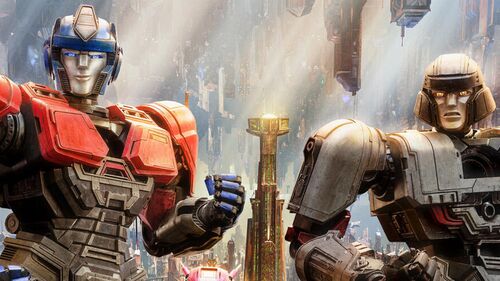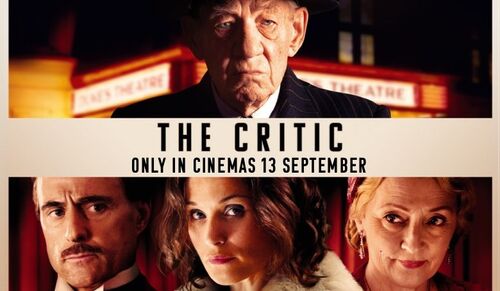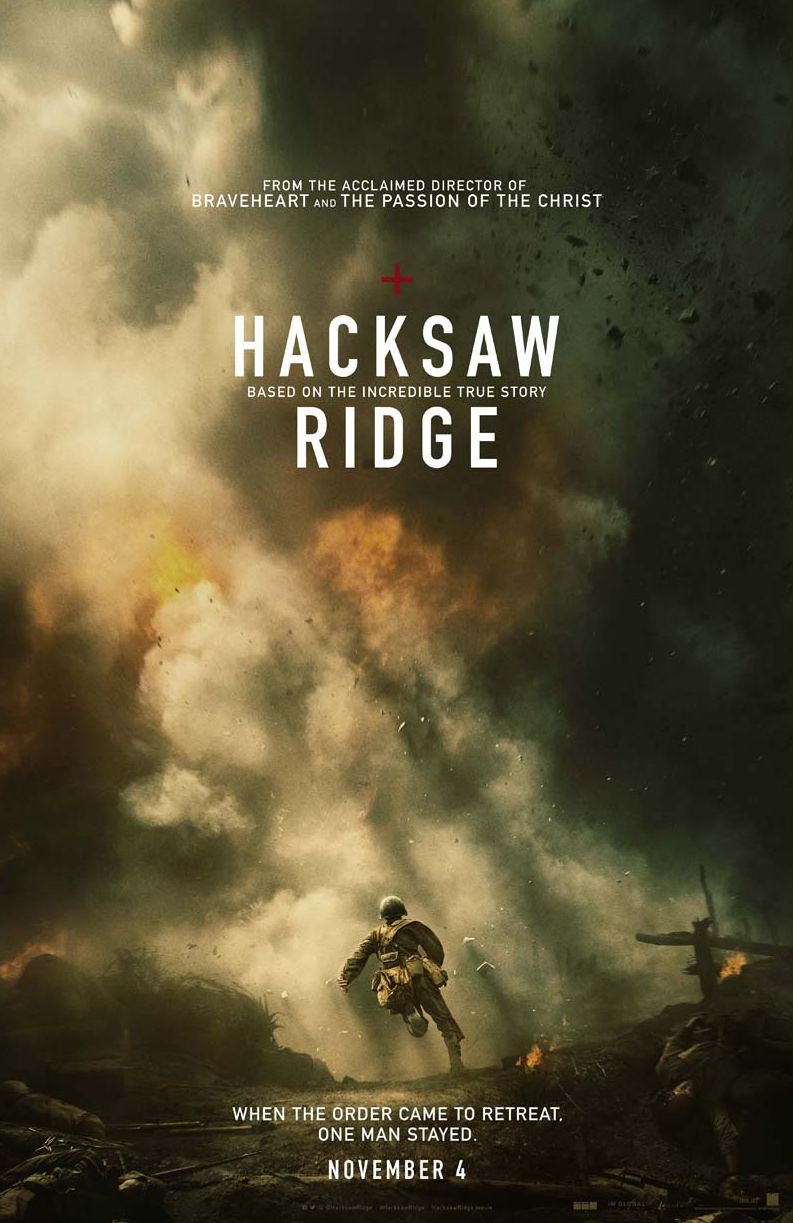
"Hacksaw Ridge" Review
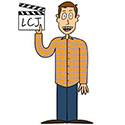 Say what you will about Mel Gibson - the guy can really tell a story on screen.
Say what you will about Mel Gibson - the guy can really tell a story on screen.
“Hacksaw Ridge” is the first film Gibson has directed in a decade. As an actor, all of his recent comeback projects, including roles in “Edge of Darkness”, “The Beaver” and “The Expendables 3”, have been major failures. But his impressive execution behind the camera on “Hacksaw Ridge” has Gibson back on the A-list of Hollywood directors, exactly 20 years after his Oscar win for "Braveheart.
In this genuine true-life story, Andrew Garfield plays Desmond Doss, a young man from Arkansas who, in 1945, enlisted in the U.S. Army with the intention of proudly serving his country…without using a weapon. His anti-gun stance is based partly on his personal family experiences growing-up and partly on his religious beliefs. He’s deemed a Conscientious Objector by the Army. His commanding officers and fellow soldiers think he's simply a coward and that the entire situation is ludicrous. Throughout the first half of the film, Doss has to prove his worth while sticking to his beliefs, and his goal to be a medic - helping, as he says, to put people back together that the war is tearing apart.
Doss’s decision to join the military is difficult on his parents. Rachel Griffiths and in particular, Hugo Weaving, are quite good. Simultaneously, Doss falls in love with a nurse named Dorothy (played by Teresa Palmer). The romantic element is lovely, but once the story shifts to the battlefield, the stark contrast in tone makes those earlier scenes feel extremely distant - exactly Gibson's intention.The second half of “Hacksaw Ridge” is a pure, highly intense and extremely violent war drama. Gibson puts you right in the middle of the action (a.k.a. Hell). These scenes are extensive, jarring and brutal, with authentically-staged close-range combat, as the Allied troops attempt to take Hacksaw Ridge, a strategic location on the Japanese island of Okinawa. This is known as the bloodiest battle of the war in the Pacific. If you don't remember that fact from your history books, after seeing "Hacksaw Ridge" you will never forget it. (The wide-scope visuals of cannons being fired from sea are noticeably green screen-produced).
Gibson's most interesting casting choice among the solid ensemble is Vince Vaughn as platoon sergeant Howell. Vaughn, once one of the industry’s most reliable comedic box office draws, infuses some offbeat humor into his character early on that doesn’t quite fit. His quieter, dramatic moments later on are much more effective.
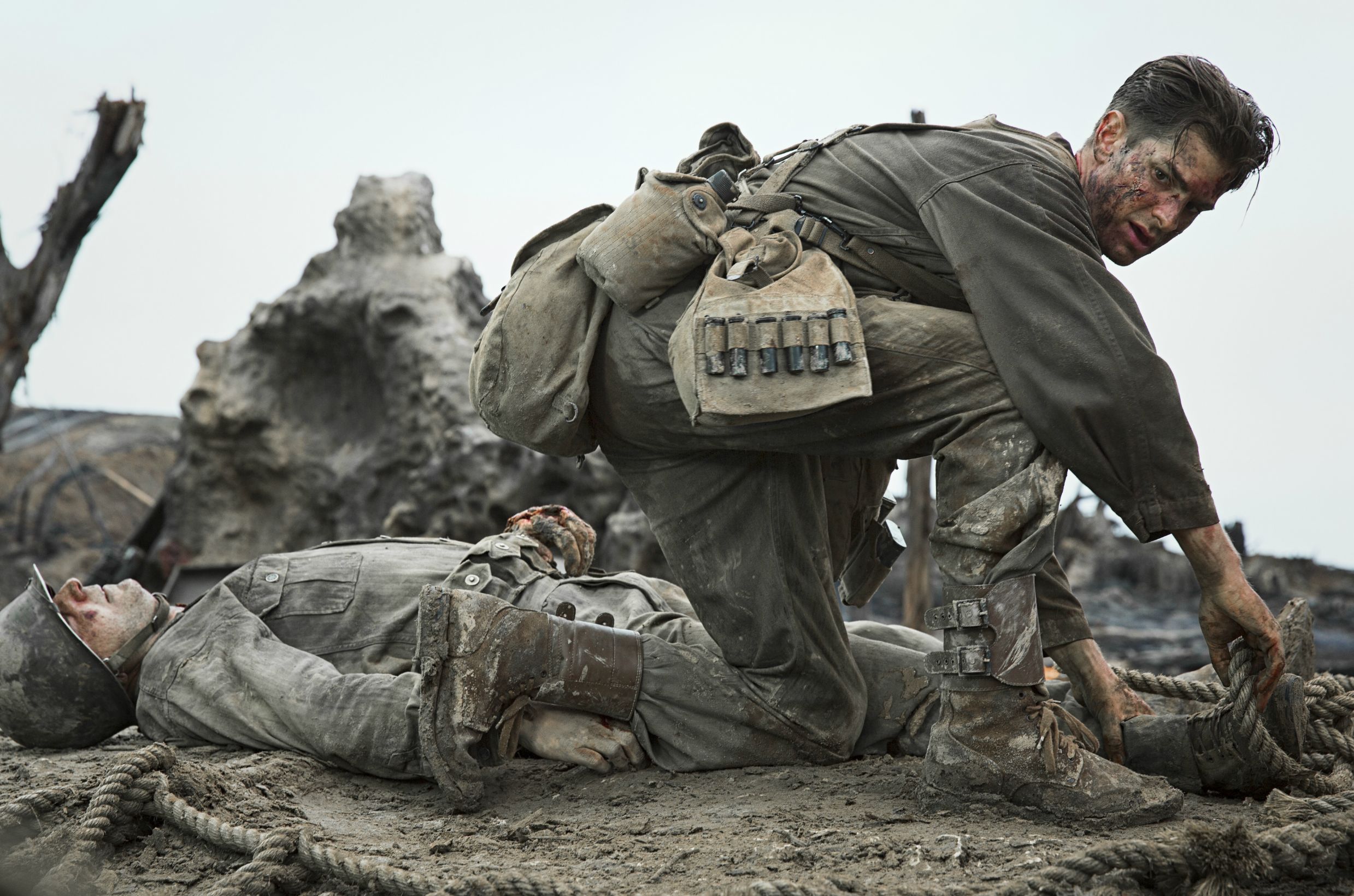
But the biggest reason to see “Hacksaw Ridge” is Garfield. He’s thoroughly convincing as the courageous and determined pacifist. Like much of the action, Doss is glorified in spots, but Garfield handles the role well, balancing a variety of emotions. And Gibson nicely honors the achievements and impact of the real Desmond Doss, as well as all members of the military, past and present, with an epilogue.
For veterans of WWII and their loved ones, watching “Hacksaw Ridge” may not be easy. The battle scenes are that real. But for the rest of us, this film serves as an honorable tribute to the grit, bravery and sacrifice of one of America's greatest unsung heroes.
